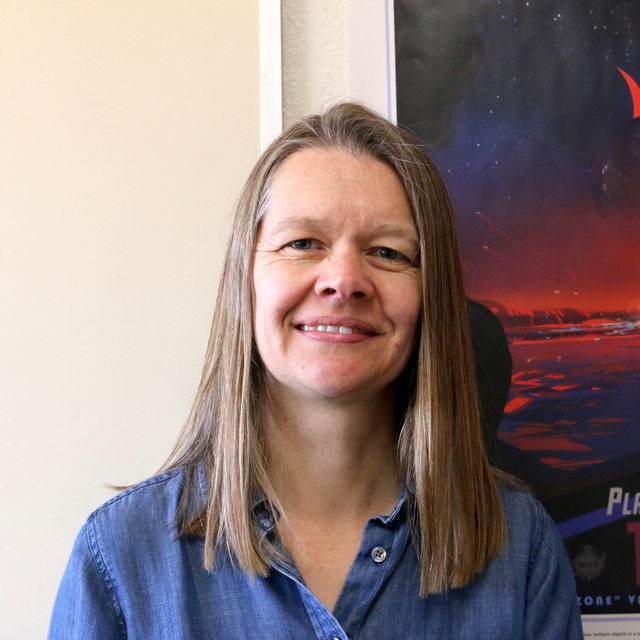December
2005
•
2005ApJ...635..442B
Authors
•
Boden, Andrew F.
•
Sargent, Anneila I.
•
Akeson, Rachel L.
•
Carpenter, John M.
•
Torres, Guillermo
•
Latham, David W.
•
Soderblom, David R.
•
Nelan, Ed
•
Franz, Otto G.
•
Wasserman, Lawrence H.
Abstract
•
We report on Keck Interferometer observations of the double-lined binary (B) component of the quadruple pre-main-sequence (PMS) system HD 98800. With these interferometric observations, combined with astrometric measurements made by the Hubble Space Telescope (HST) Fine Guidance Sensors (FGS) and published radial velocity observations, we have estimated preliminary visual and physical orbits of the HD 98800 B subsystem. Our orbit model calls for an inclination of 66.8d+/-3.2d and allows us to infer the masses and luminosities of the individual components. In particular we find component masses of 0.699+/-0.064 and 0.582+/-0.051 Msolar for the Ba (primary) and Bb (secondary) components, respectively. Spectral energy distribution (SED) modeling of the B subsystem suggests that the B circumstellar material is a source of extinction along the line of sight to the B components. This seems to corroborate a conjecture by Tokovinin that the B subsystem is viewed through circumbinary material, but it raises important questions about the morphology of that circumbinary material. Our modeling of the subsystem component SEDs finds temperatures and luminosities in agreement with previous studies, and coupled with the component mass estimates allows for comparison with PMS models in the low-mass regime with few empirical constraints. Solar abundance models seem to underpredict the inferred component temperatures and luminosities, while assuming slightly subsolar abundances brings the models and observations into better agreement. The current preliminary orbit does not yet place significant constraints on existing PMS stellar models, but prospects for additional observations improving the orbit model and component parameters are very good.
Links




